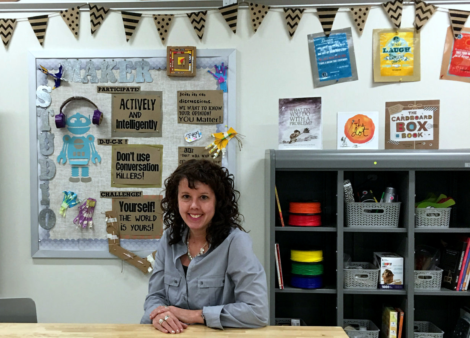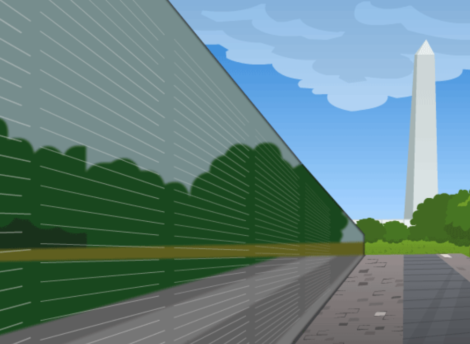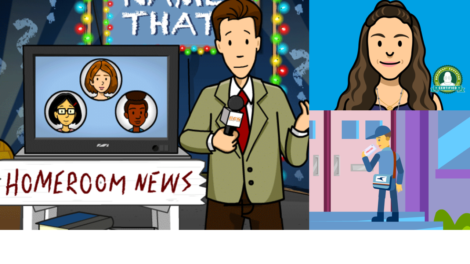
Guest Blogger Matt Farber Reflects on Playtesting Educational Games
Posted by cemignano on
Earlier this week, we shared Steve Isaacs’ (@mr_isaacs) reflection on a playtesting session focusing on an educational game that’s currently in development at BrainPOP HQ. Matt Farber (@MatthewFarber) was also in on the fun and shares his reflection below.
My students’ entire school year has been framed by the Game Theory BrainPOP video, in which Tim and Moby explained how rational people make important decisions—just like in a game.
I use digital and tabletop games to support my project-based curriculum. My students have playtested games from GlassLab (SimCityEDU, Argubot Academy) and E-Line Media (Historia)—both companies that also playtest with teachers and students. When BrainPOP came to visit, we tested multiple versions of a new game: two variations of a paper prototype and one version of it digitized. Like GlassLab and E-Line, BrainPOP brings in teachers and students early on in the design process. Because students knew that their input mattered, the BrainPOP playtest gave everyone an increased degree of engagement.
Aside from resolving technical glitches, the iterative design process helps designers create fun and meaningful experiences. Playtesting with intended users sheds light on issues that designers may have overlooked. For example, one of my students pointed out that when she dragged a digital object onto a part of the screen, a box with a red outline appeared. The student informed the design team that the color red looked as if she was doing something wrong—even though her action was correct. This detail would not have been noticed if BrainPOP did not playtest with student users.
Playtesting experiences like this one help both product developers and teachers and students learn. We learn how to make products that work well in classroom, and teachers and students learn to be valuable contributors to the design and development process. In fact, Steve Isaacs and BrainPOP’s Katya Hott facilitate a twitter community called #EdTechBridge that is all about bringing educational technology creators together with teachers to make better products for students. #EdTechBridge chat takes place on Twitter every Wednesday night at 7pm EST.














